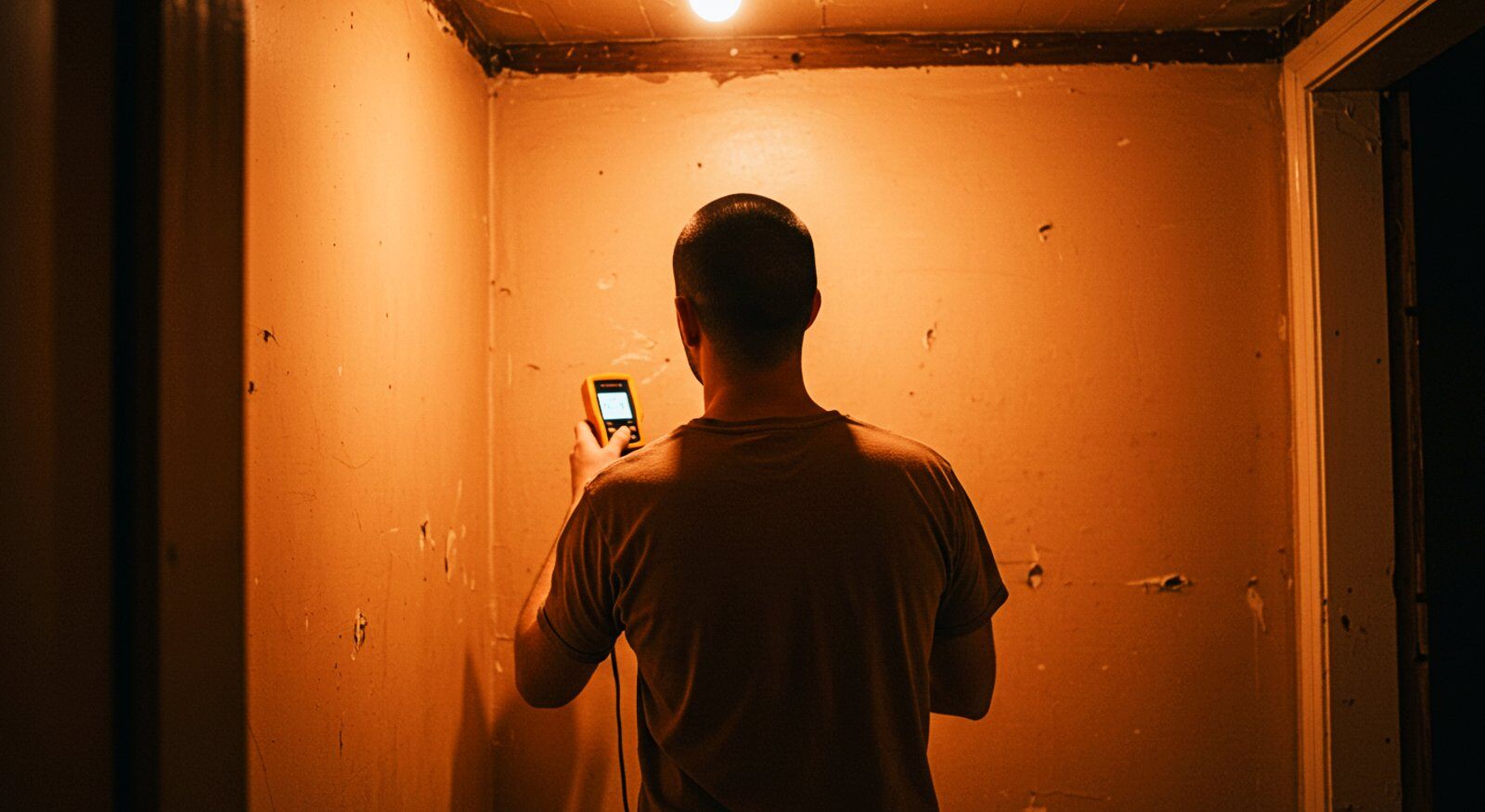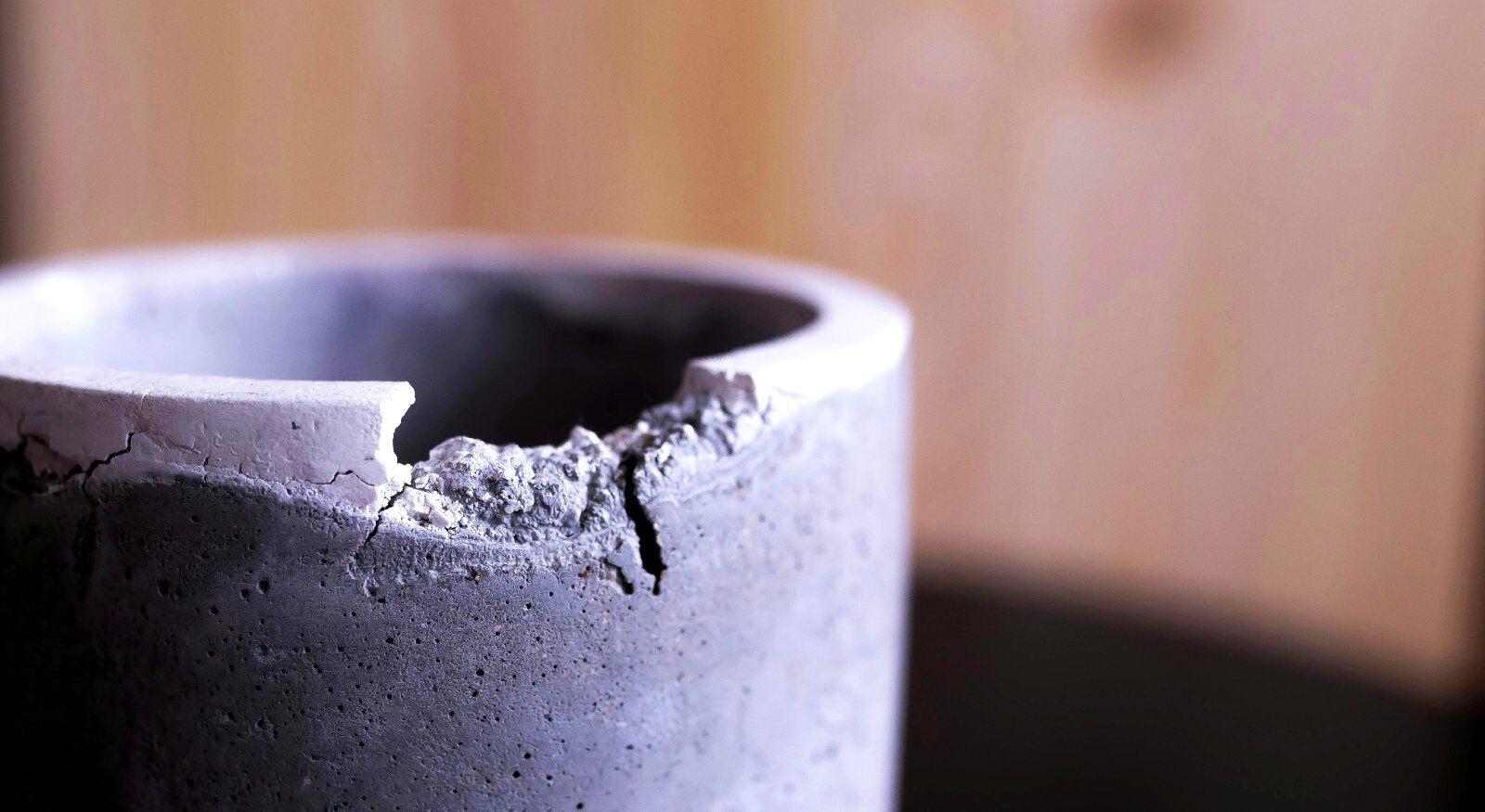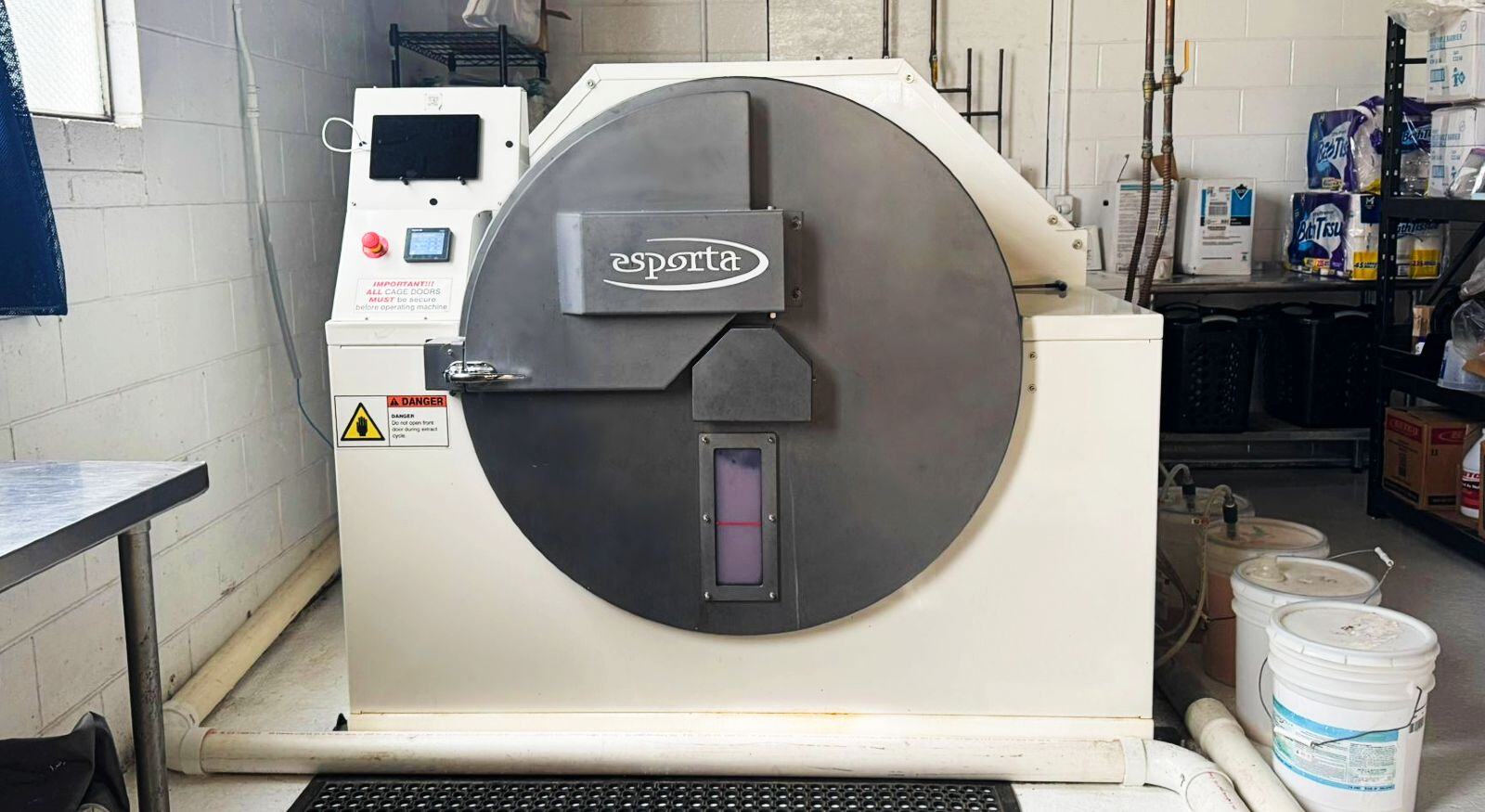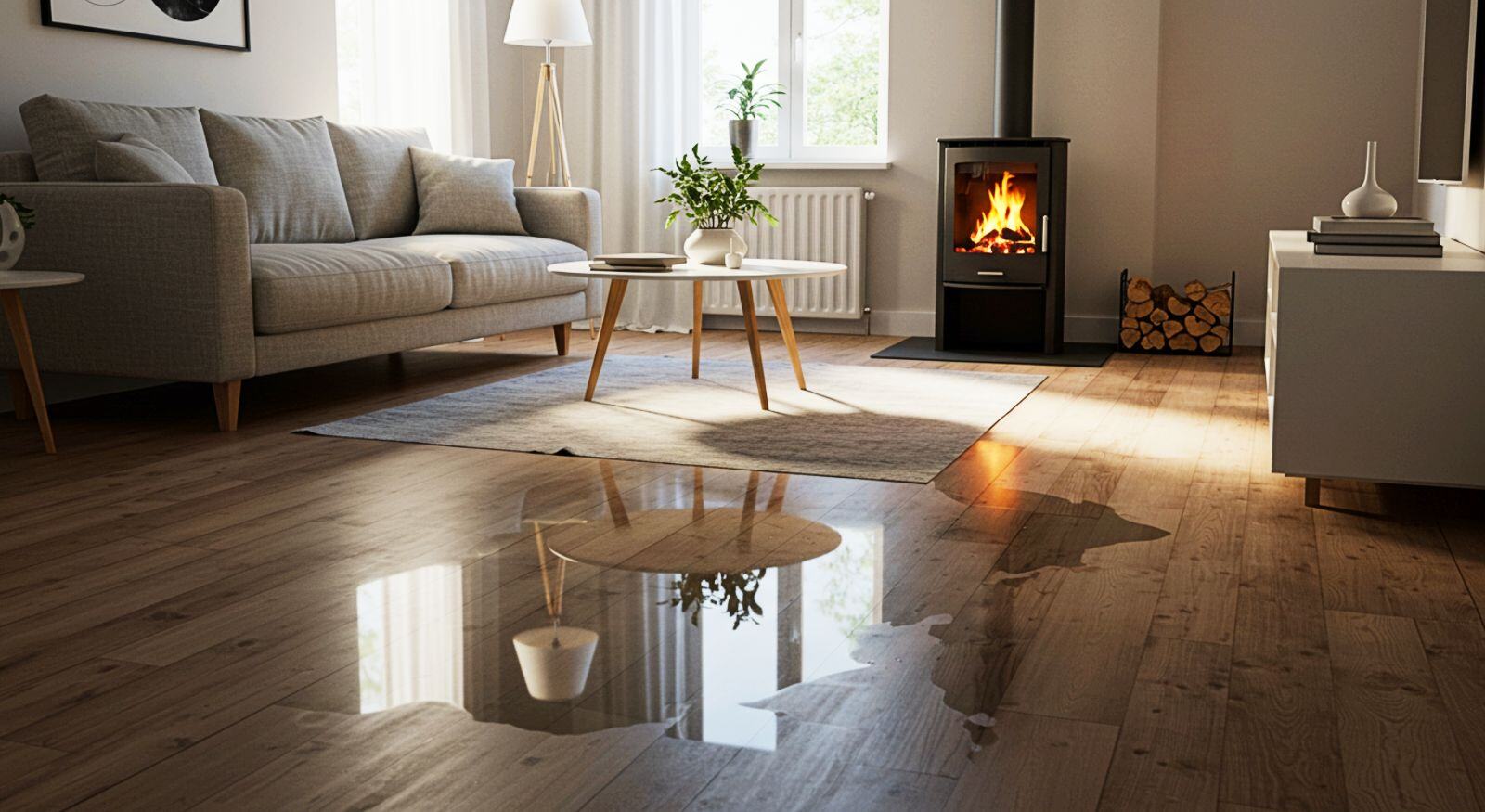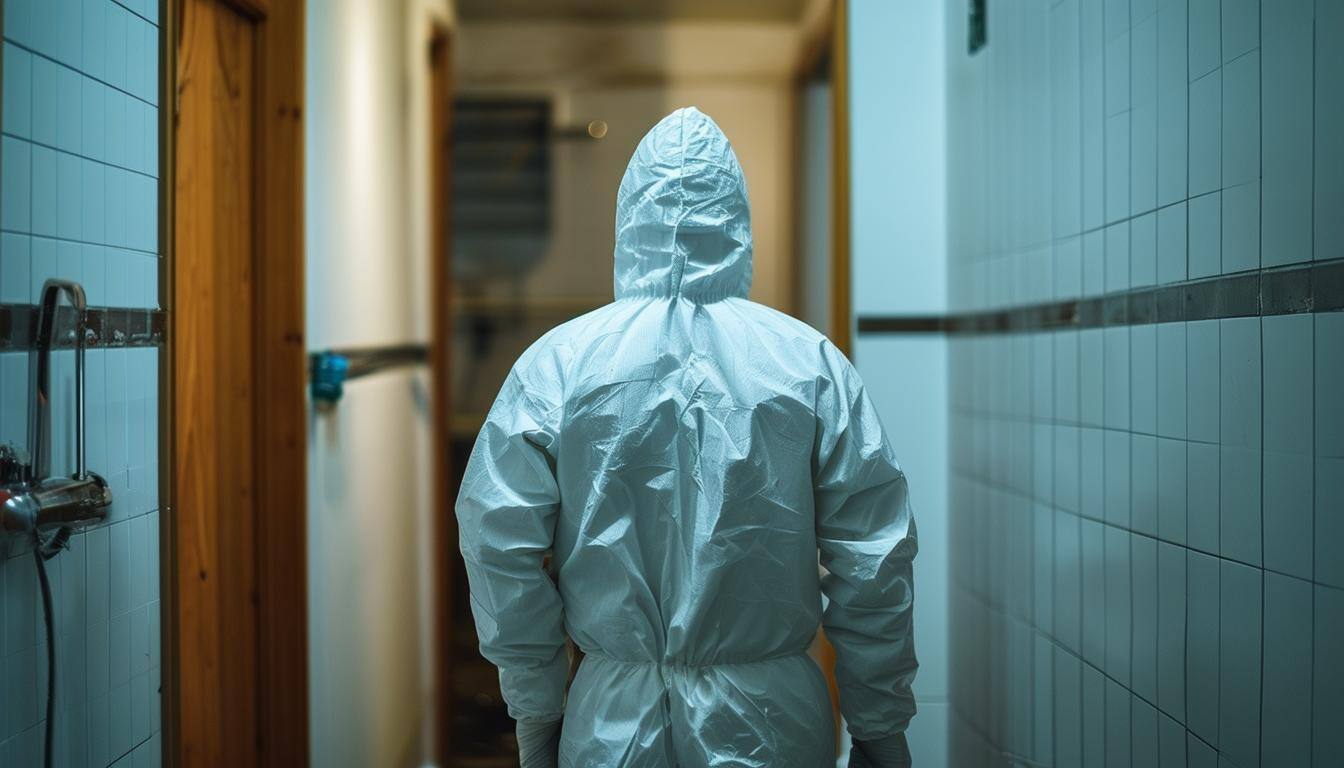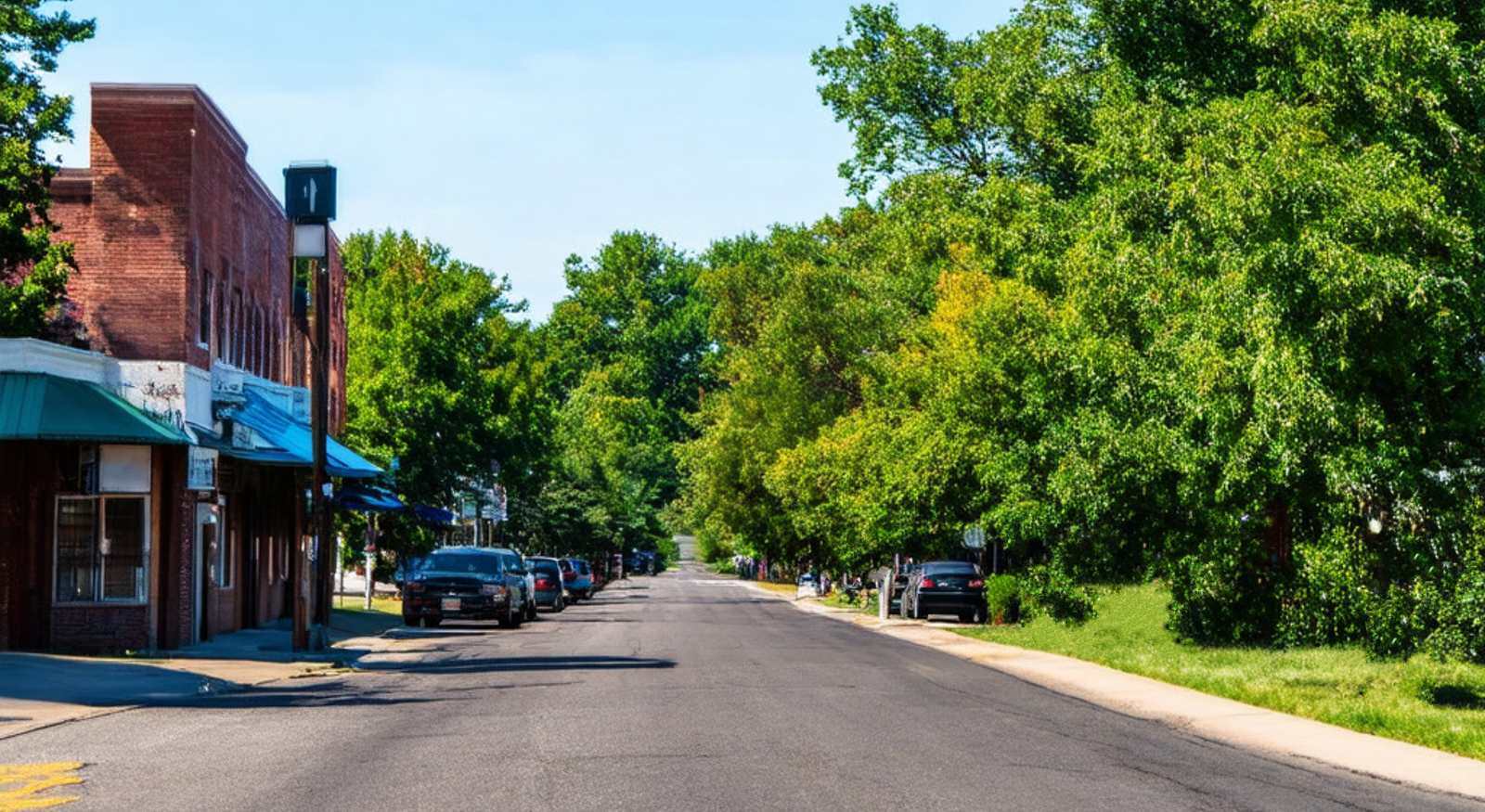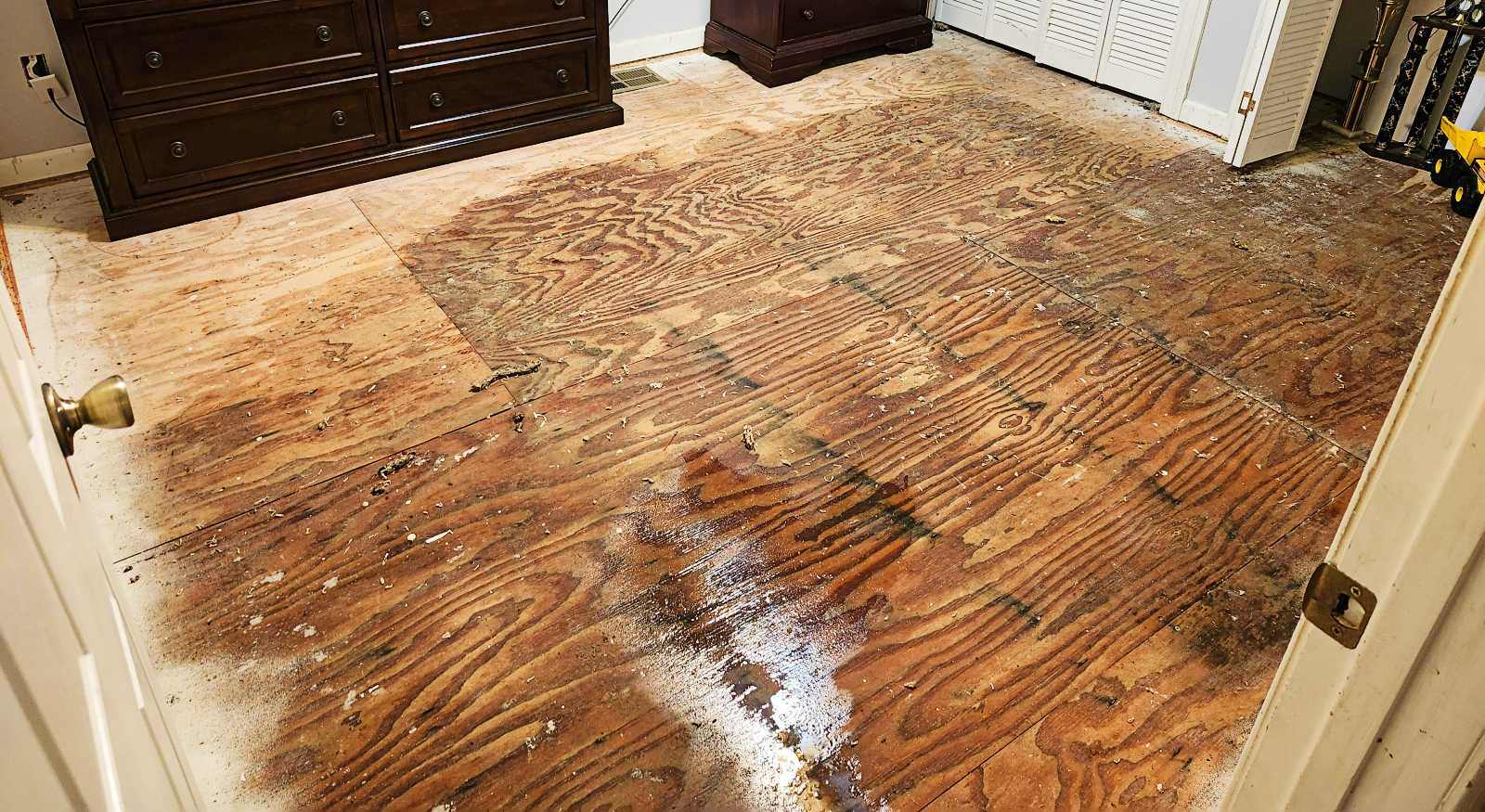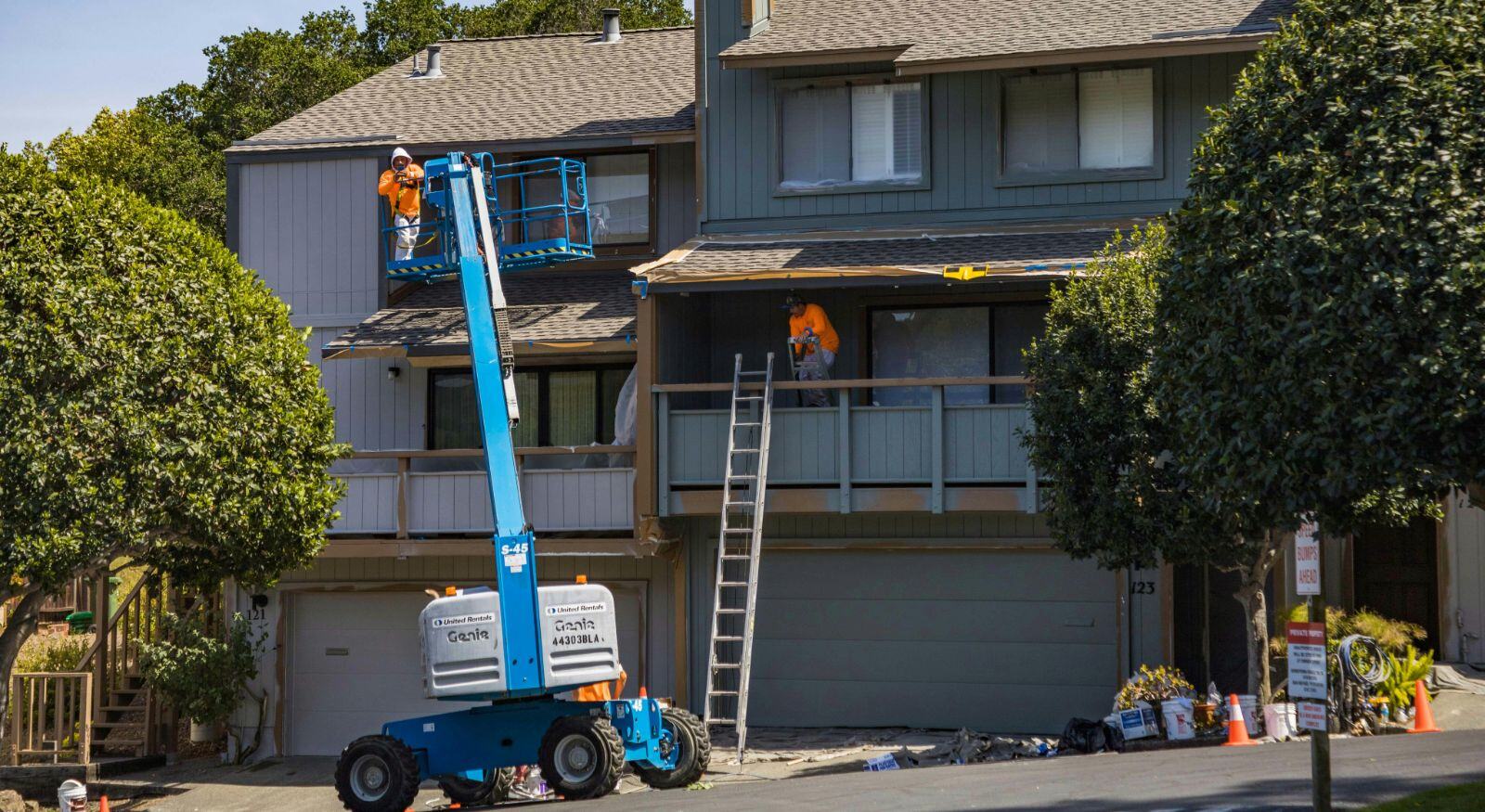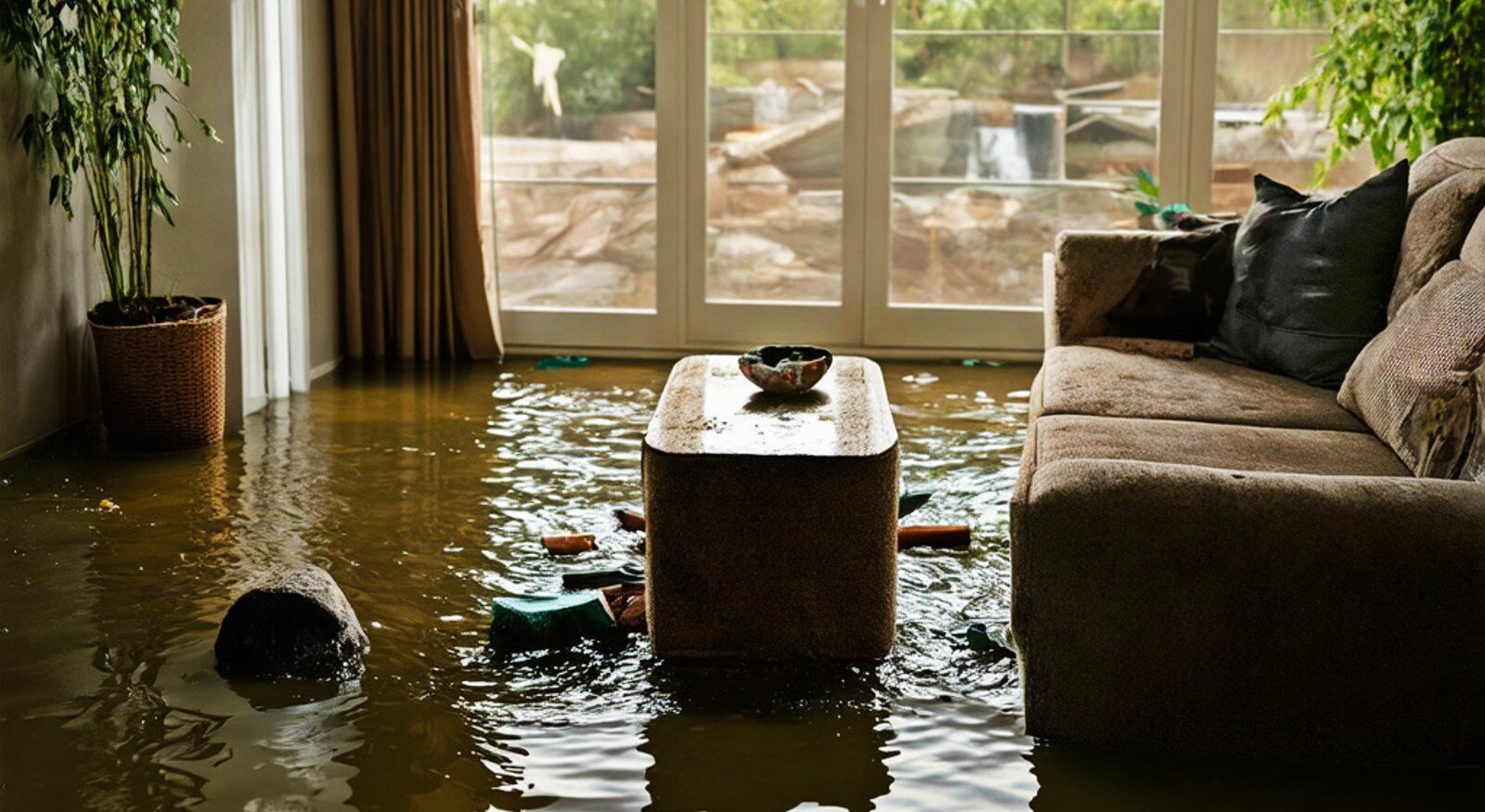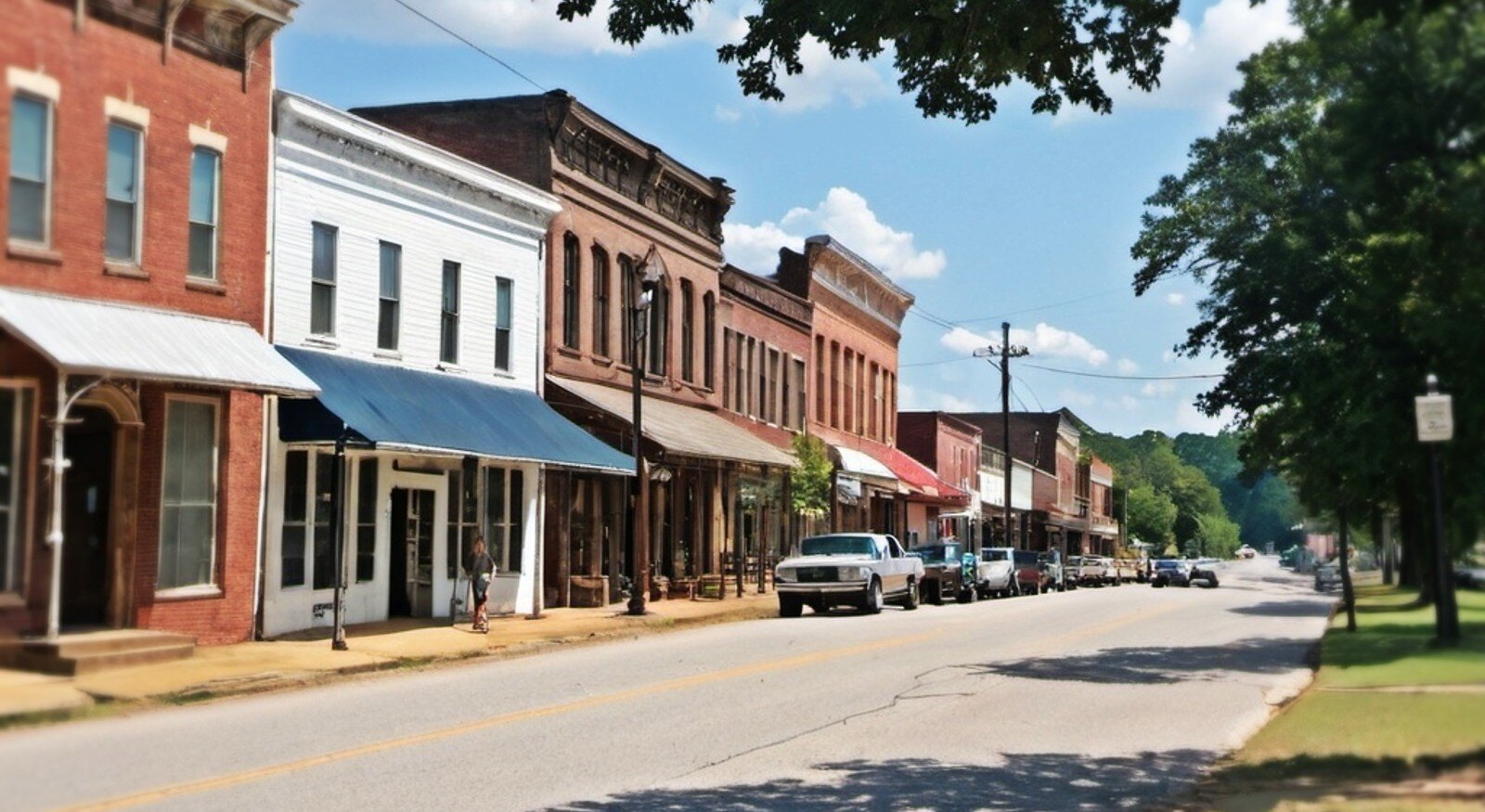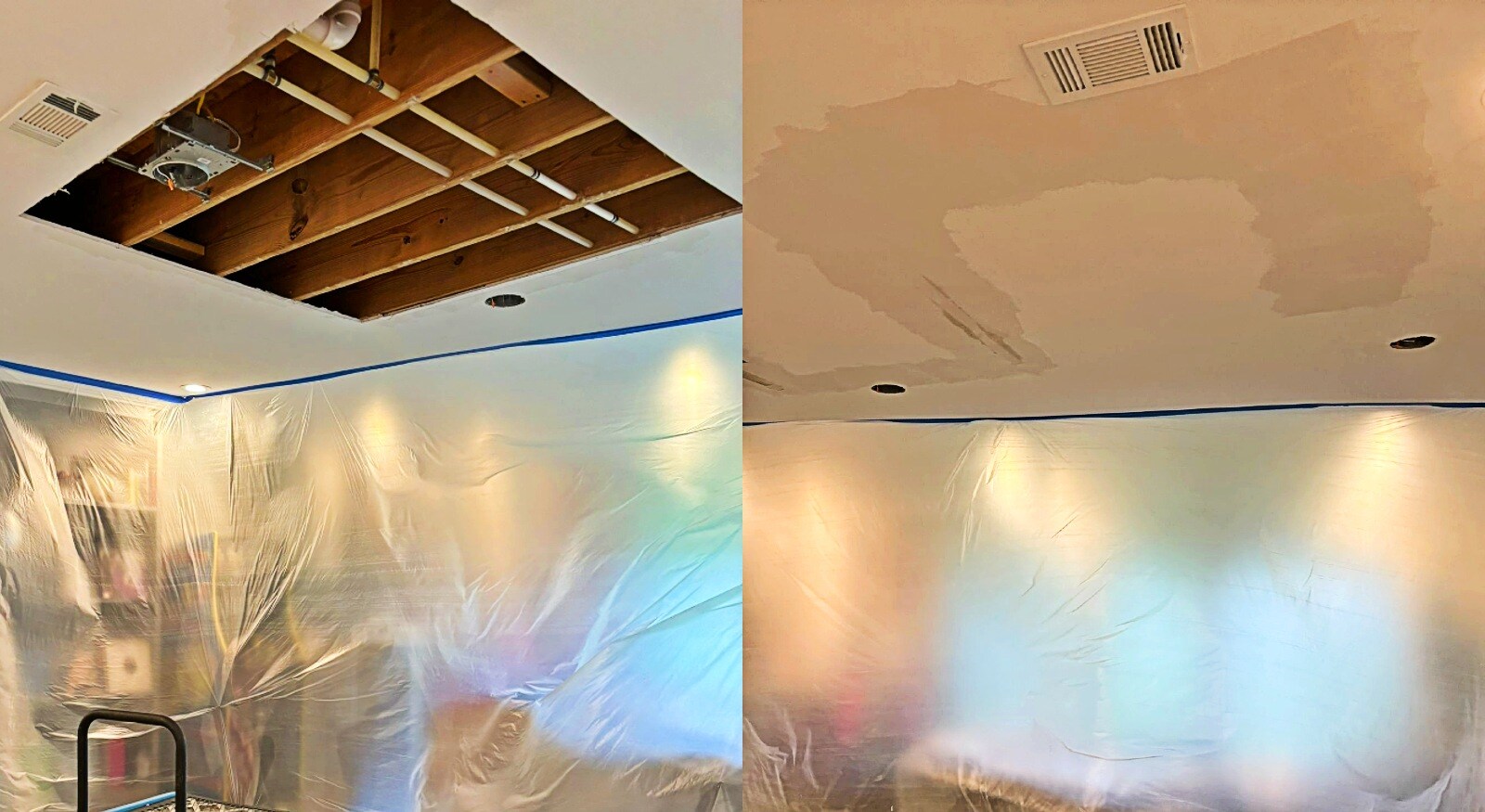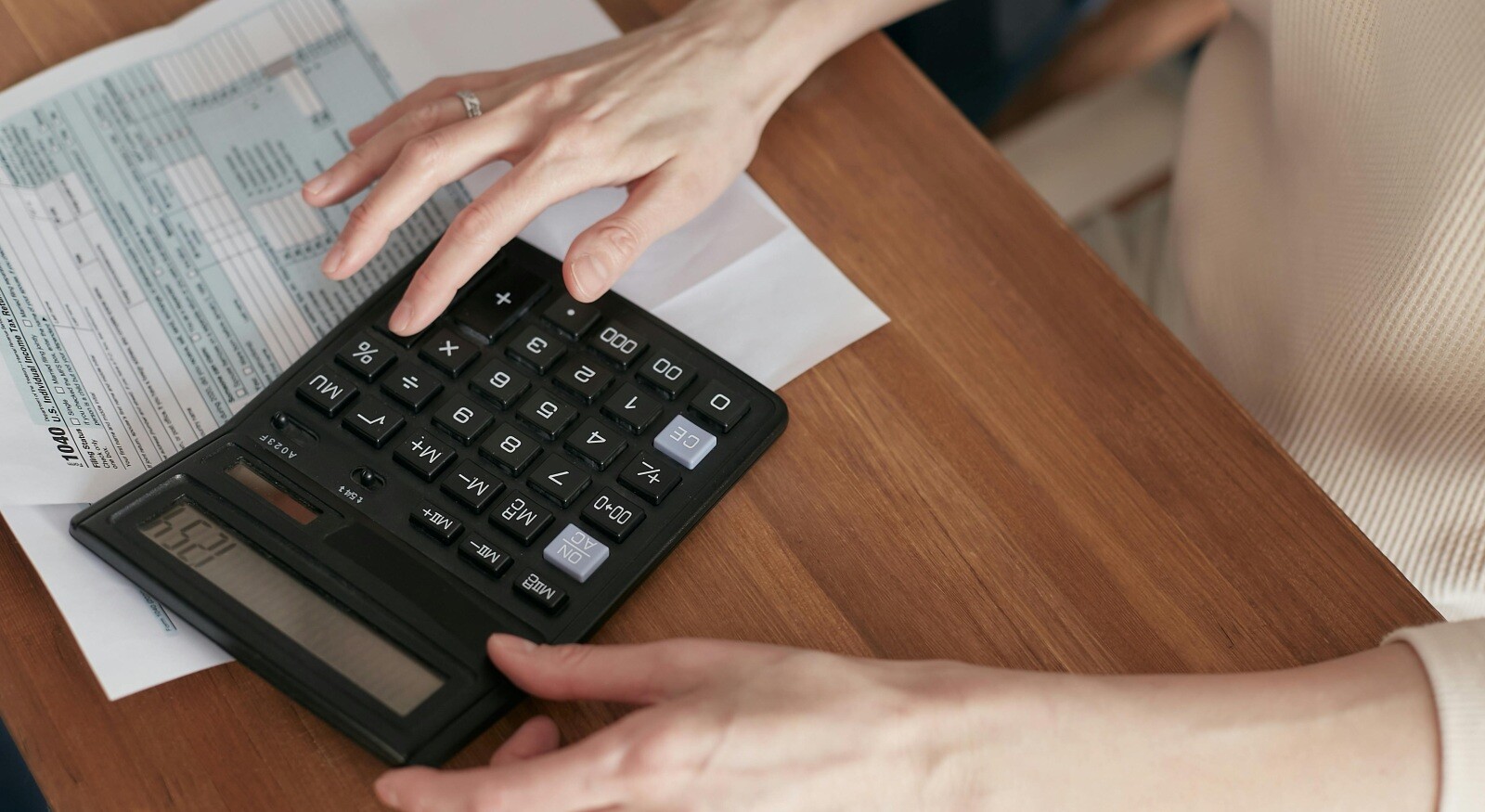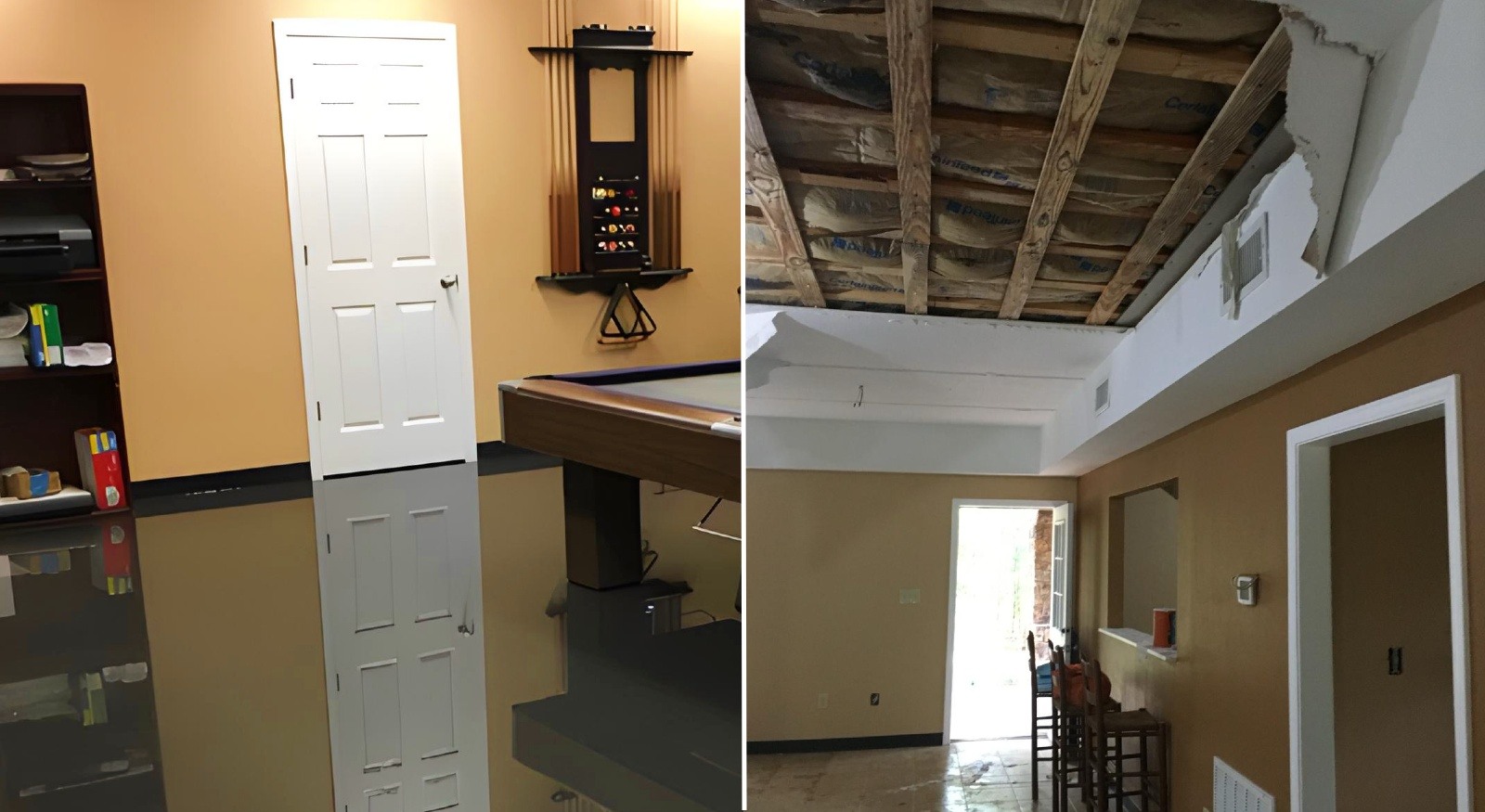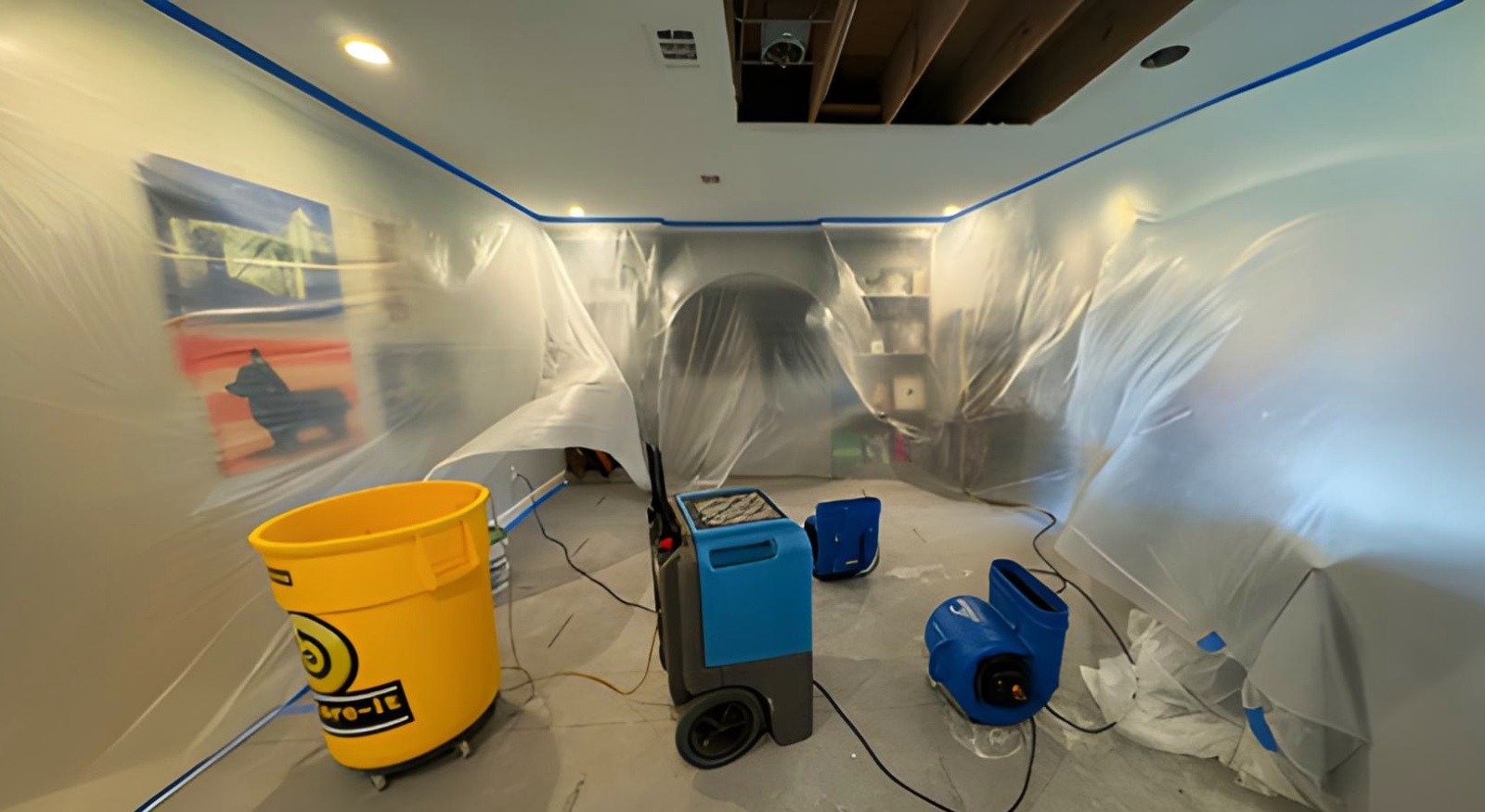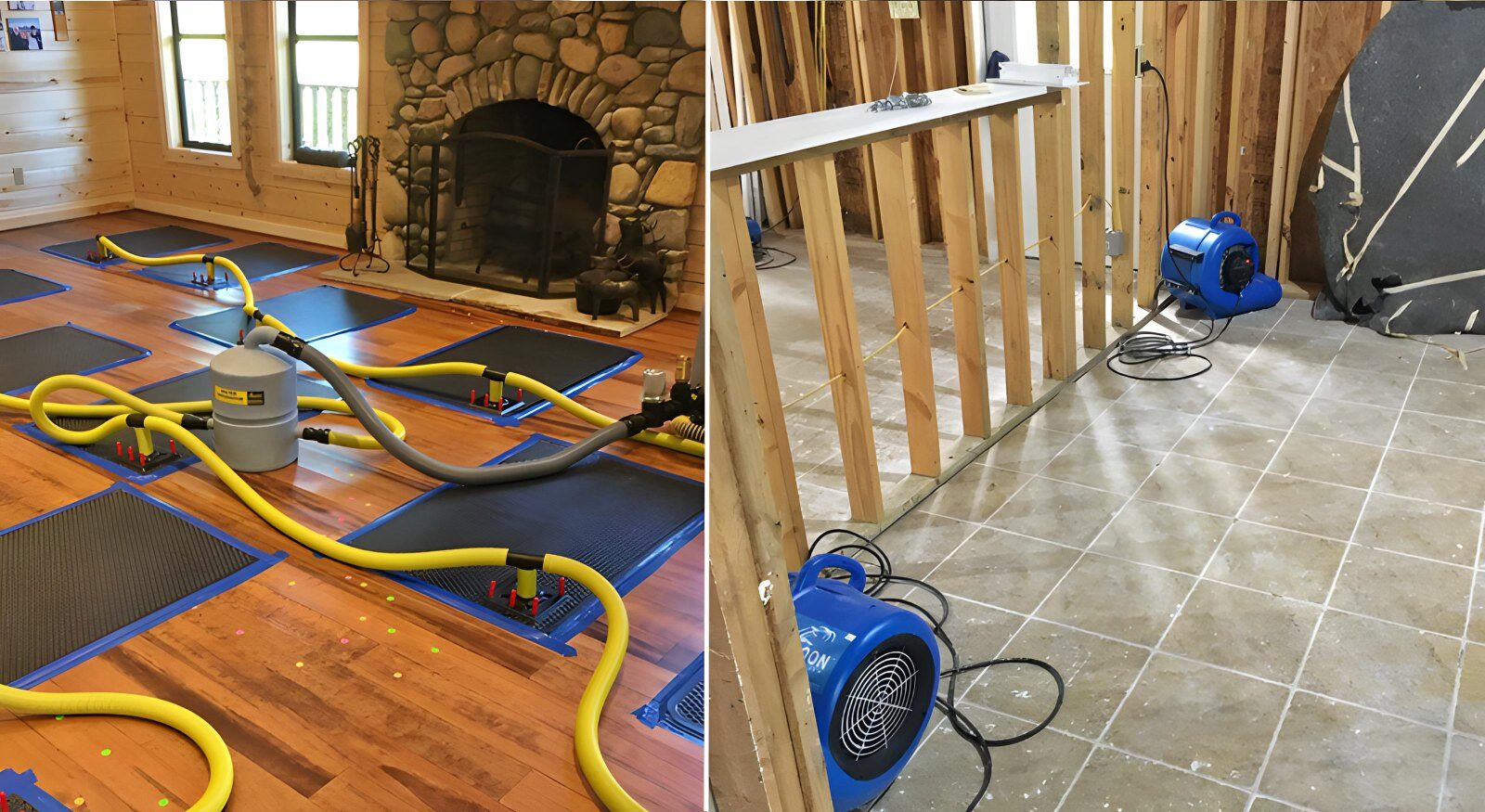Restore-It's Natural Flood Recovery Plan
June 4th, 2025
4 min read
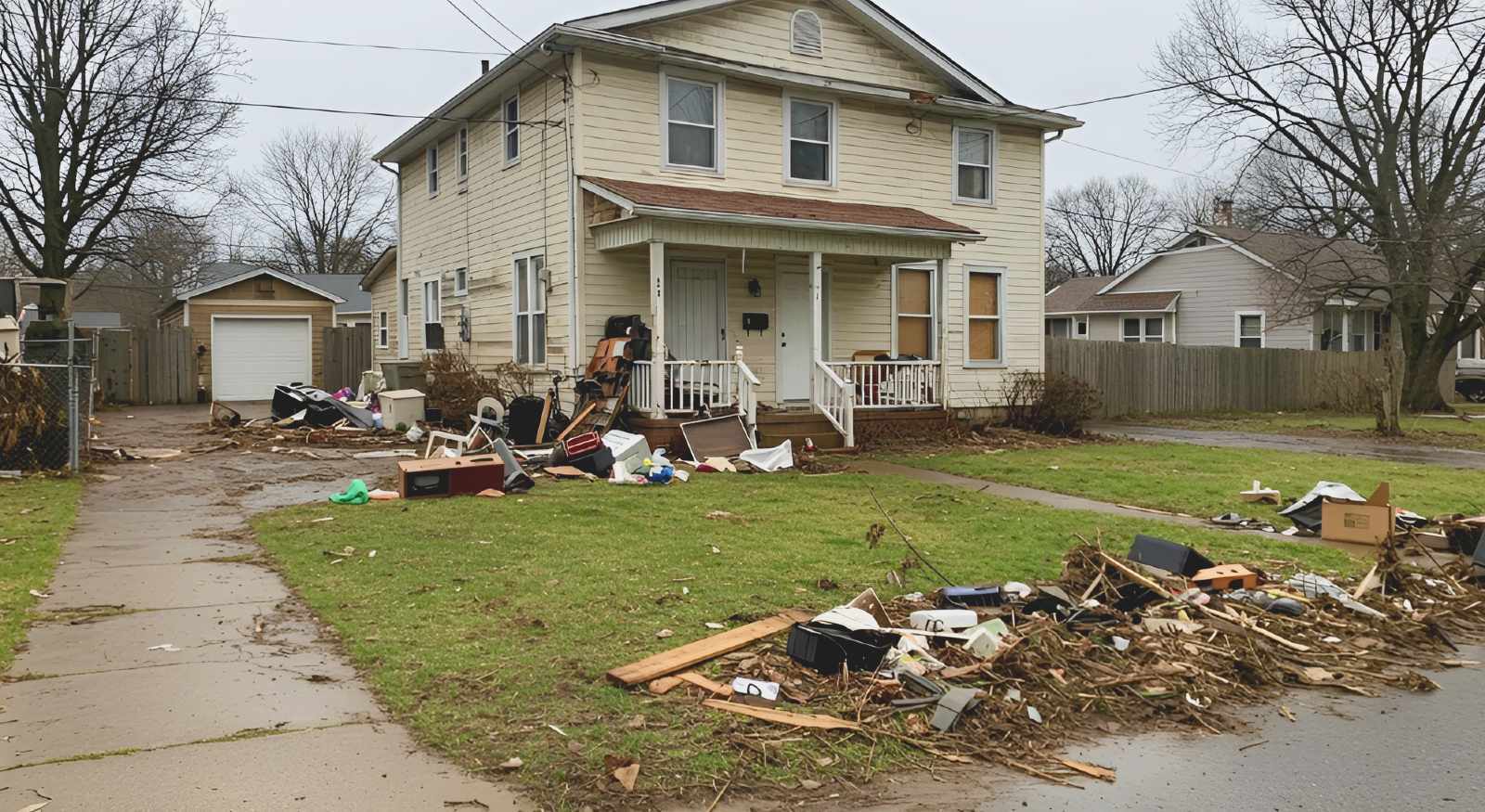
When nature unleashes a flood, it leaves behind a mess of mud, debris, and devastation. Dealing with the aftermath is always tough. After all, seeing your living space transformed into a wet and chaotic mess is not an easy pill to swallow. To recover, you will need professional help. If you're unsure about how flood restoration works, don't worry—we got you.
At Restore-It, we've tackled all kinds of restoration challenges, including floods impacting many of our South Arkansas neighbors. With our expertise, we've crafted a reliable process and will teach you about every step of the way.
Today, we will discuss water damage restoration. More specifically, we will explain how we deal with damage from floods. We will walk you through each stage, from initial assessment to final restoration, so that you can have more confidence in the process. Let's turn this disaster into a distant memory.
What to Do After a Flood: A Checklist
Before we explain our restoration process, we recommend reviewing the actions you should take immediately after the flood.
☐ Safety First
- Before you go back inside your home, see if it's safe.
- Look for cracks or broken parts of your building materials.
- Smell for gas and watch for downed power lines. Call for help if you find any.
- Wear strong shoes or boots, gloves, and a mask to protect you from dirty water and sharp objects. Avoid direct contact at all costs.
☐ Document Everything
- Take pictures of your home for insurance purposes (if you have flood insurance).
- Write down what rooms got wet and how high the water was.
- Make a list of things that are broken.
☐ Call for Help
- Tell your insurance company about the flood.
- Call Restore-It for professional restoration. We can start with the drying and the cleanup process.
- If your home is not safe, find a place to stay.
☐ Stop More Damage
- When dealing with water damage, the keyword is "mitigation." If it is safe, turn off the main water and power.
- Call your utility companies if you cannot safely access the main water and power valves. They can turn them off at the source.
Our Flood Restoration Process
Now that we have discussed the immediate actions you can take after your home suffers from a flood, it's time to learn about our restoration process. Here is how we go about it, step by step.
Phase 1: Initial Call and Inspection
Once you call us, we will ask you for some information, including your name, address, what you know of your situation, and if you have flood insurance. It's important to remember that standard home insurance does NOT cover natural floods. If you don't have it, all the restoration work will be considered out-of-pocket expenses you will have to deal with.
Our technicians will conduct a visual inspection and document everything when they arrive. Then, they will form an action plan, create an estimate, and discuss with you when they can start working.
Important Sidenote: According to the Institute of Inspection Cleaning and Restoration Certification (IICRC), floodwater is considered "blackwater" (Category 3). This means the water is highly contaminated with pathogens or toxins and is hazardous upon contact. To protect themselves our technicians will use Personal Protective Equipment (PPE) for the job.
Phase 2: Water Extraction
After we get the go-ahead to start working, we remove all standing water in the area. This first step is key to avoid more damage to your home.
We will use industrial pumps to remove standing water, focusing on areas with significant water accumulation. We will also address hidden water in walls and floors.
Phase 3: Structural Drying and Cleaning
Once the water has been removed, we can proceed to the next step. Thorough drying and cleaning the area is the number one preventive measure to avoid mold and structural damage.
Structural Drying
We use air movers and fans to circulate air and promote evaporation. In the meantime, we monitor moisture levels in walls, floors, and ceilings. Finally, we will remove wet insulation and drywall as needed.
Cleaning and Sanitization
Once the structures are dry, we clean and disinfect all affected surfaces to prevent microbial growth. Our team uses antimicrobial solutions to sanitize all contaminated areas.
Phase 4: Content Restoration and Cleaning
Many homeowners think that everything has to be discarded when it comes into contact with highly polluted water. But it doesn't need to be that way.
Content Inventory
With your help, we create a detailed inventory of your damaged belongings. Then, we categorize items as salvageable or non-salvageable. Finally, we document the damage for insurance claims.
Side Note: During this period, it is important to discuss what is worth restoring. In some cases, replacing the affected belongings can be cheaper than repairing them.
Content Cleaning
In insurance, "content" refers to non-building materials. If you were to put your home upside down, everything that falls will be considered "content." "Soft" content includes items like clothes and textiles, while "hard" content includes objects with solid surfaces, such as laptops and toys.
At Restore-It, we are equipped to clean and sanitize salvageable items, including both soft and hard contents. With the Esporta Washing System, we can clean your clothes to a food-grade level of cleanliness. We also have specialized equipment to deal with electronics and other hard-surface materials.
Phase 5: Mold Remediation (Optional)
Mold is a common concern after flooding, and with good reason. If the water damage is not addressed within 24 hours, there is a high risk of mold growth. When that happens, we follow our standard mold remediation process.
If mold is already present, we first contain the affected area. Then, our technicians will physically remove mold patches and clean and sanitize all the affected surfaces. Air movers with HEPA filters will remove any remaining mold spores.
Phase 6: Repairs and Reconstruction
In this stage, the home will be restored to its original layout and design. This includes repairing or reconstructing the building materials removed during the drying stage and addressing any remaining cosmetic damage.
Finally, if the foundation or roof has structural damage, our team will address it. During this phase, we may work alongside building contractors to ensure your home can return to its original condition.
Phase 7: Final Inspection and Quality Assurance
A final inspection will ensure that the restoration process is complete. Our technicians will verify that all repairs meet quality standards and that there is proper ventilation and moisture control. Depending on your needs, we may offer mold testing to ensure that the mold levels are within an acceptable range.
Don't Fight Nature Alone, Call Restore-It!
A natural flood can leave behind a devastating scenario in your home. However, by learning about our restoration process, you should be confident to call us, knowing your home is in good hands. If your home faced a natural flood, contact Restore-It. Our team is ready to help restore your home to its original condition!
Topics:






